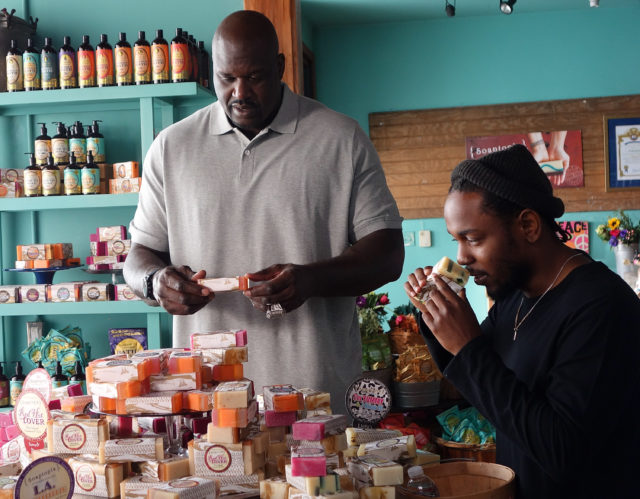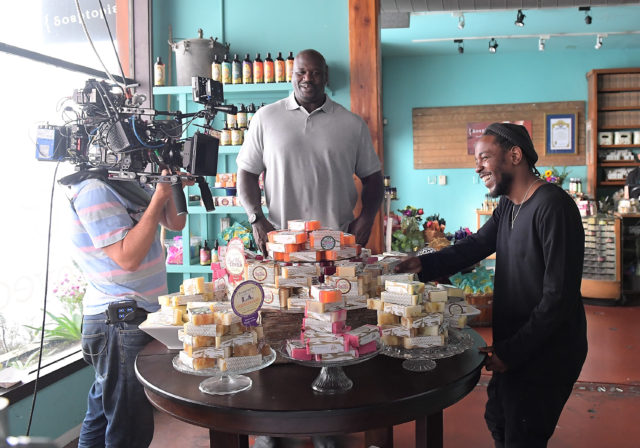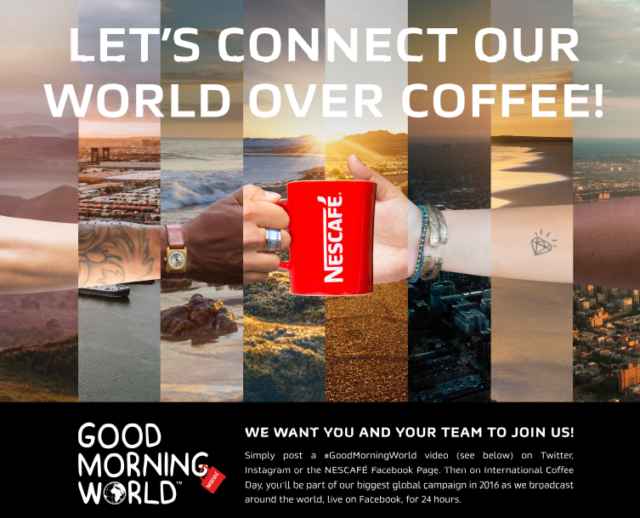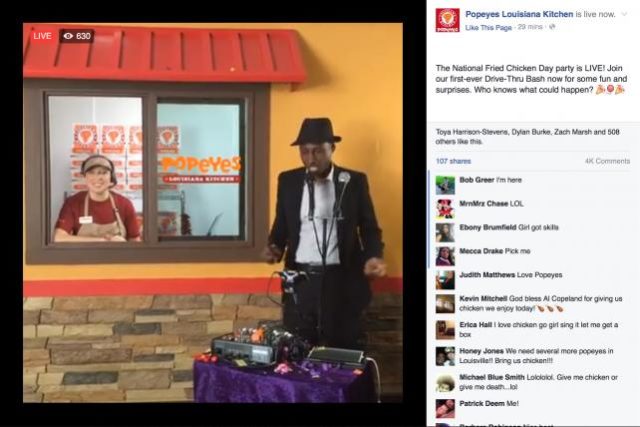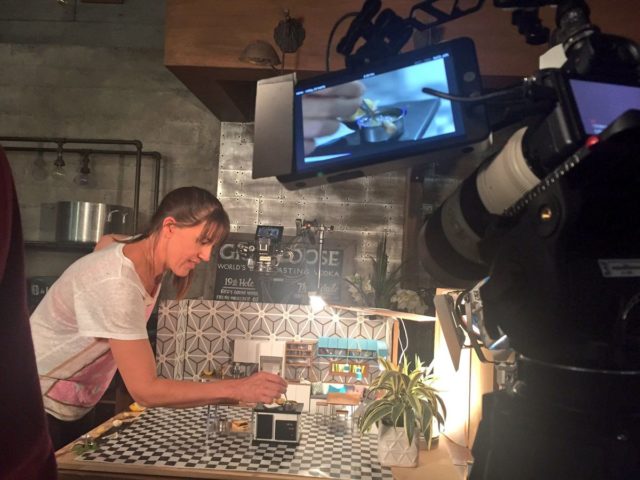As the tremendous rise of eSports has demonstrated, video games gain an extra sense of excitement when stakes are involved. However, developing the right prizing system requires a considerable amount of time and investment. Versus Systems looks to ease the process with a prizing platform that integrates directly into games, giving players seamless access to prizes that range from in-game add-ons to soft drinks and food, to live events such as concerts.
Versus works with developers and publishers for the prize structure and adhering to laws, which can be exceptionally tricky at times. In short, Versus handles all the work of managing prizes and competitions while leaving developers free to make the best game possible. At the same time, it identifies player characteristics such as age, location and in-game behaviors and matches them to digital and real-world prizes. Meanwhile, players select from a range of prizes, improving both engagement and enjoyment.
Versus announced today that it filed multiple patents that expand its “existing portfolio of prizing, promotion, and financial technologies that enable brands to reach the rapidly growing competitive gaming audience of players, spectators and broadcasters.” The platfrom is expected to launch later this year with a focus on PC and console games, but it’s platform agnostic, so mobile game integration may not be far off. Matthew Pierce, founder and CEO of Versus Systems spoke with [a]listdaily about the benefits of the prizing platform and how it can significantly improve engagement with games.

How would you describe the Versus platform and how does it work?
Versus Systems has developed a prizing and promotions platform that enables game developers and brands to offer prize-based matches to players at home. It is a B2B enterprise solution, integrated directly into games, that enables publishers, developers, and brands to schedule and manage promotions and campaigns in-game with Dynamic Regulatory Compliance, rewarding players with targeted, contextual prizing that they want.
What are the advantages of using the Versus platform compared to hosting an in-game event or partnering directly with a brand?
There are three key advantages to the Versus platform: first, Versus makes games more fun for players and spectators for the long-term. Developers and publishers can work with brands to create and manage regular, changing and evolving campaigns—keeping both the game and the prizes fresh for players and spectators—driving engagement for all involved.
Second, Versus provides Dynamic Regulatory Compliance (DRC) so developers and publishers can focus on what they do best: creating the best possible game experience for the people that love their games. Our system addresses player verification, as well as the ever-changing regulations around prizing eligibility and distribution, taking that burden off the shoulders of publishers and developers.
Third, the Versus platform is simply easier to work with from a brand and developer standpoint. We have a dashboard that allows developers to choose prizes, manage inventory, and collect rich data about player preferences. The platform flexibility allows for regional prizing, and adaptive campaigns that can adjust to player behavior. This system allows brands and developers to avoid the long lead times and the hassles of the one-off deals and minimum requirements that have historically been hallmarks of the brand-developer relationship. We can be faster, more flexible, and more adaptive to players’ needs with this platform.
Finally, the Versus platform is an integrated prizing and promotions solution. It’s not just overlays, banner ads and interstitials that create friction. It’s offering players the opportunity to play for prizes that they want, making the brand’s merchandise more exciting and aspirational, while keeping the players and spectators in-game and immersed in the experience. It’s a way for brands to interact with players and spectators organically with targeted, contextual prizing.
What kinds of games can best make use of Versus?
At Versus we love the passion that players have for their favorite games. The avid fan bases and specific match structures of competitive multiplayer genres like first-person shooters, MOBAs, and fighting games make those games ideal for the existing platform, but we are already hard at work writing IP and creating functionality for single player and sandbox games as well. We’re building solutions for any game that features engaging sessions of play showcasing individual skill.
How can Versus be used to promote games and brands on broadcast platforms like Twitch and YouTube?
Both players and spectators love it when games have stakes. We are simply more likely to watch games where there’s something on the line. We are currently in discussions with broadcast platforms about creating prizing opportunities for spectators, but in the near-term, we believe that our platform will help to make certain matches much more exciting for spectators who want to see how players react when there’s something to play for.
Do the prize companies get to choose which games they’re associated with and vice versa?
We help bring brands and developers together. In the case where a developer already has existing relationships with a brand or brands, we make those interactions richer by facilitating more player engagement. In the cases where the developer does not have existing relationships, we enable them to choose from a variety of prizing partners based on whose products they believe will resonate most with their players. Brands get the opportunity to offer prizes to specific games and specific players, and Versus does make those conversations easier—especially given that the platform allows for short term and limited time engagements. But the ultimate decision of which prizes are available in which games rests with the publishers and developers of the games.
How is the winning criteria determined? Will players have to compete as hard for DLC and soft drinks as they would concert tickets or money?
Developers and publishers set the win conditions to give players the best possible experience. While it is likely that competition for high-value prizes will attract the most attention, and the most competition, the platform has been developed to allow players of all skill types to play each other for stakes. This is most clearly seen in invite-only matches where players can invite specific friends to play rather than trying to take on the whole world. We know that sometimes players don’t want to be the best player on earth, they just want to be the best one in the house/office/friend circle.
What are the challenges of offering prizes on a global scale?
Regulations governing regional rewards distribution is a complicated problem that has always prevented brands from providing players the promotions they want and need. Versus exists to solve the challenge of supporting developers, publishers, and brands that serve global audiences. We recognize that what players are into winning is as unique as the games they are into playing. While we’re launching in the US initially, where brand partnerships are more common, the Versus platform will make it possible for games to engage with regional brands and provide prizes worldwide that are aligned with the best interest of their players.
Apart from money, how do you ensure that prizes such as event tickets match the player’s tastes?
The Versus platform allows players to make the choice of what prizes they want to play for. Prizes with regional emphasis, like tickets to concerts or live eSports events, are made possible by prioritizing those options to players who are within a specific travel distance, based on a location-verification system. That said, there are fans who might fly across the country to see a certain team or show, so our platform provides players with the ability to find any match where they are eligible for the prize, which may be somewhere outside the area that they live or play in.
In what way will Versus help improve engagement with games and how does it enhance their existing rewards systems such as unlockables?
People love playing for real stakes. They practice more, they play more, they talk more—they engage more—when something is on the line. This is true with some existing rewards systems, but it’s even more true with Versus. Our system allows players to invite other players to matches featuring certain prizes. We also allow help to enable publishers and developers to create and manage even larger matches and tournaments featuring higher stakes.
We believe that prize-based matches are going to become a standard in the industry, but until then, games with this functionality will be more interesting to players than games that don’t. Games that have interesting prizes that change over time will have more opportunities to engage with players than games that don’t. Our goal is to help publishers and developers to turn non-players into players, players into active players, and active players into daily active players.
No matter the game, fresh prizing provides players something new to play for—a new reason to play—whether it is on a monthly, weekly or daily cycle. Campaigns supported by this platform can work in concert with promoting in-game expansions, season of eSports, new licensed merchandise, new brand partners, etc. In that way, the Versus platform can be a discovery engine, enabling larger publishers and developers to offer DLC and licensed goods of other games that are under the same publisher or developer banner, cross-selling and cross-promoting those items.
Our team understands that the nuances of player engagement are specific to each game and subject to the evolving cultures around gameplay. Versus provides developers and publishers a suite of tools to identify and refine what works best for their players by game, mode, and region with the flexibility to evolve over time to serve their community.




 In your opinion, what makes a game ideal for livestreaming?
In your opinion, what makes a game ideal for livestreaming?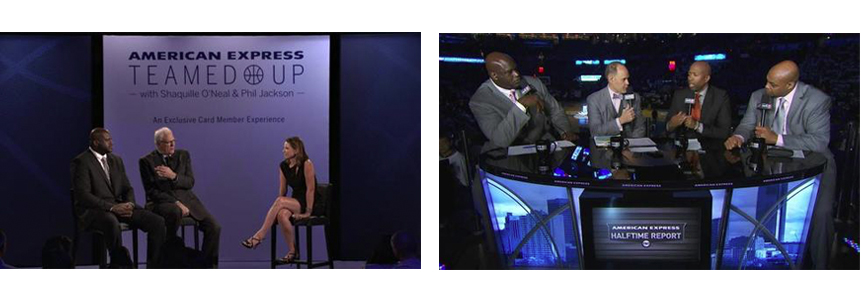 The “Shop Small” campaign ties into the greater national shopping holiday American Express created in
The “Shop Small” campaign ties into the greater national shopping holiday American Express created in 